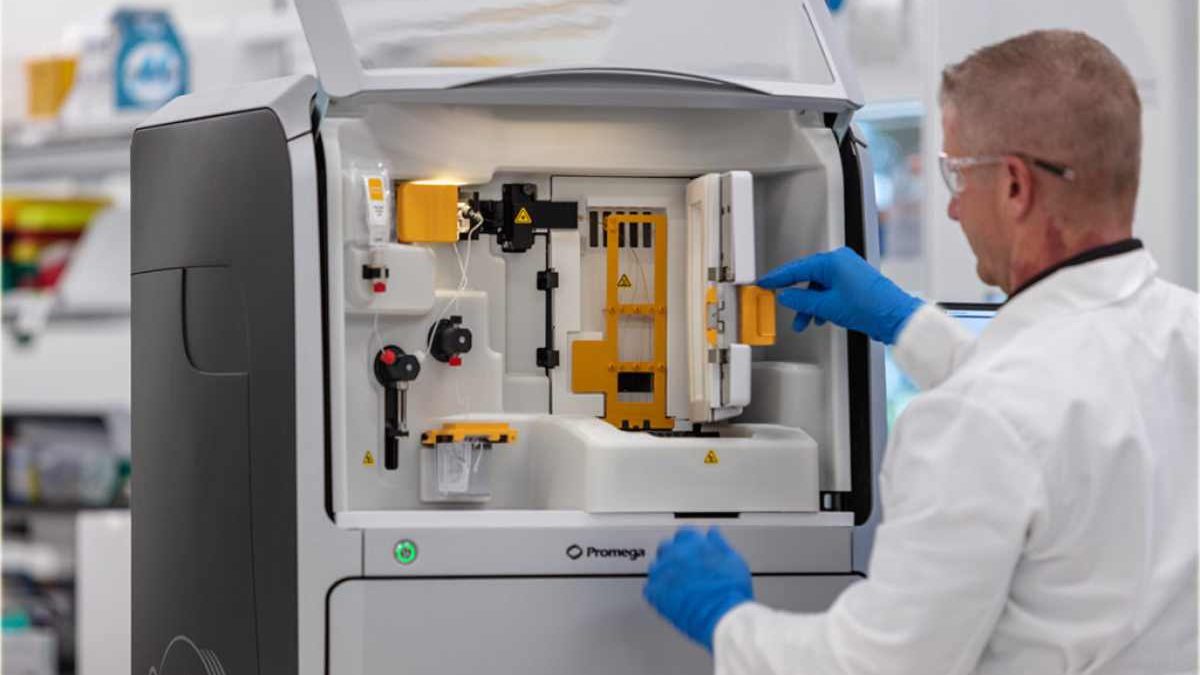Sanger sequencing is the gothic workhorse of molecular biology-nose best to introduce oneself to the thrilling narrative of genetic heroism. What a sight to behold: DNA coiling in a process that can take thousands of base pairs to unwind and read the program of life! Right from the initial studies on the human genome to the present identification of various genetic mutations,
Sanger sequencing has helped identify the genetic basis of various diseases and conditions and has spurred numerous advancements in the sciences and medical fields. Let us explore this framework, which involves fundamental aspects of this important sequencing mechanism.
Even after advancements in next-generation sequencing, Sanger sequencing has retained its place as one of the standard techniques for DNA sequence determination because of its efficiency, specificity, and reproducibility.
- Chain Termination: The reaction mixture contains small amounts of ddNTPs, each tagged with a different fluorescence dye. They do not have a 3′ hydroxyl group; therefore, if one is incorporated into the growing DNA chain, they cannot further extend it. This is because it does not allow for a phosphodiester bond with possibly the next nucleotide.
- Sequence Determination: Termination of the DNA strand at different positions results in fragments with various lengths, all terminating at the three ends with a marked ddNTP. The fragments can be resolved and detected to identify the DNA sequence.
Sanger Sequencing Workflow
Here are the steps in the Sanger sequencing process:
- Preparing the Template: Extract and purify the DNA to be sequenced. The template can be either single-stranded or double-stranded DNA, but in either case, the two strands are usually denatured into single strands.
- Reaction Setup: The sequencing reaction is set up in a mixture containing:
- Fragment Separation: The products of these reactions are then separated by capillary electrophoresis according to their size. These fragments move or pass within the capillary and are excited by a laser, which causes the attached fluorescent dyes, attached to the ddNTPs, to fluoresce.
- Data Analysis: The software that reads fluorescent signals reads the sequence data and converts it to the base sequence of DNA.
Applications of Sanger Sequencing
Sanger sequencing is used in the following applications:
- Pathology: It is done with the aid of confirming the detection of genetic mutations related to diseases, such as cystic fibrosis, cancer, and heritable diseases.
- Human Genetics: Gene identification and annotation, gene function study, and validation of other sequencing technologies.
- Forensic Science: They make DNA visible in criminal investigations, establish paternity, and identify human remains.
- Molecular Biology: Gene cloning and sequencing, plasmid constructs verification, sequencing of PCR products for sequence accuracy validation of the experiments.
Sanger sequencing has always been a critically important technology in DNA sequencing, and it is known for its high precision and consistency. Whether it verifies results from high-throughput methods, the clinical diagnosis of genetic illnesses, or underpins the details of gene material studies, Sanger sequencing is an indispensable source of information in modern genomics. The basic tenets of Sanger sequencing have been. They will remain foundational for any advances in the science of and knowledge gained about the genetic code, even as we progress in understanding and genomics.

